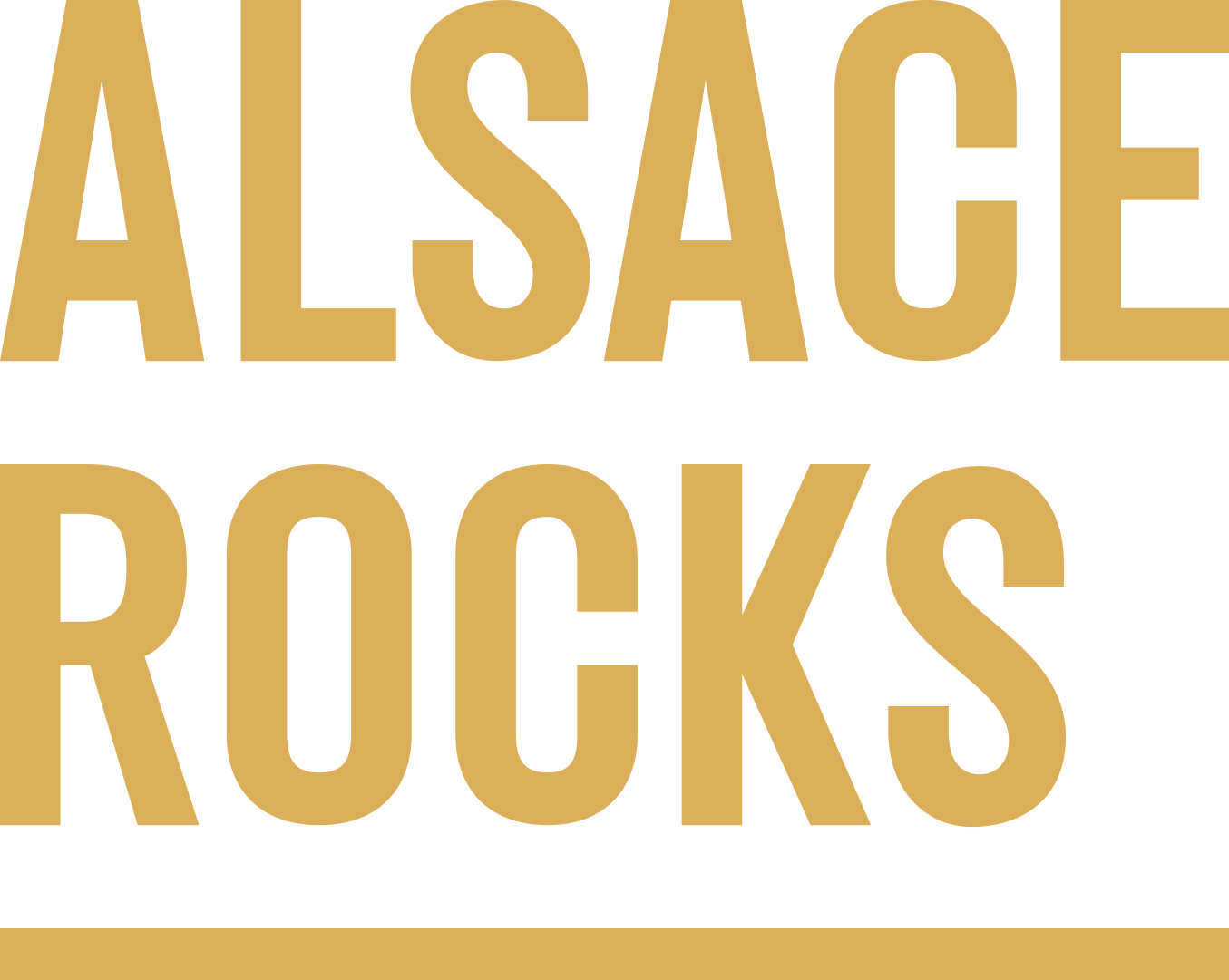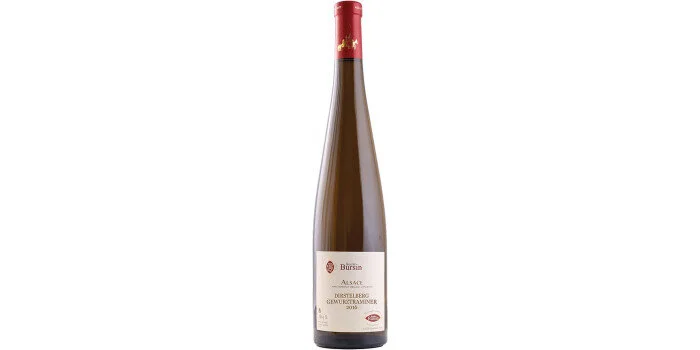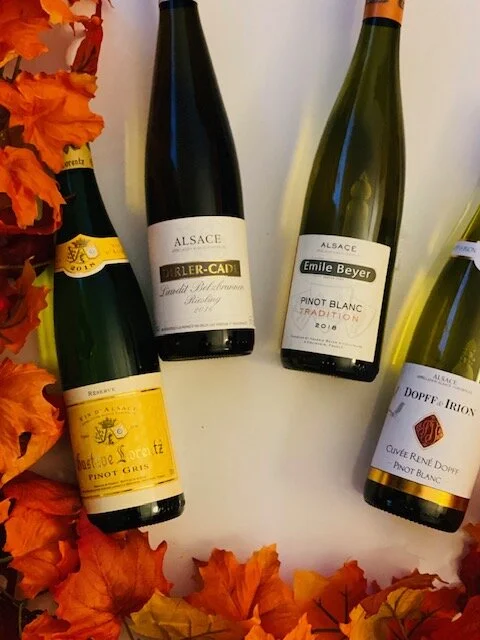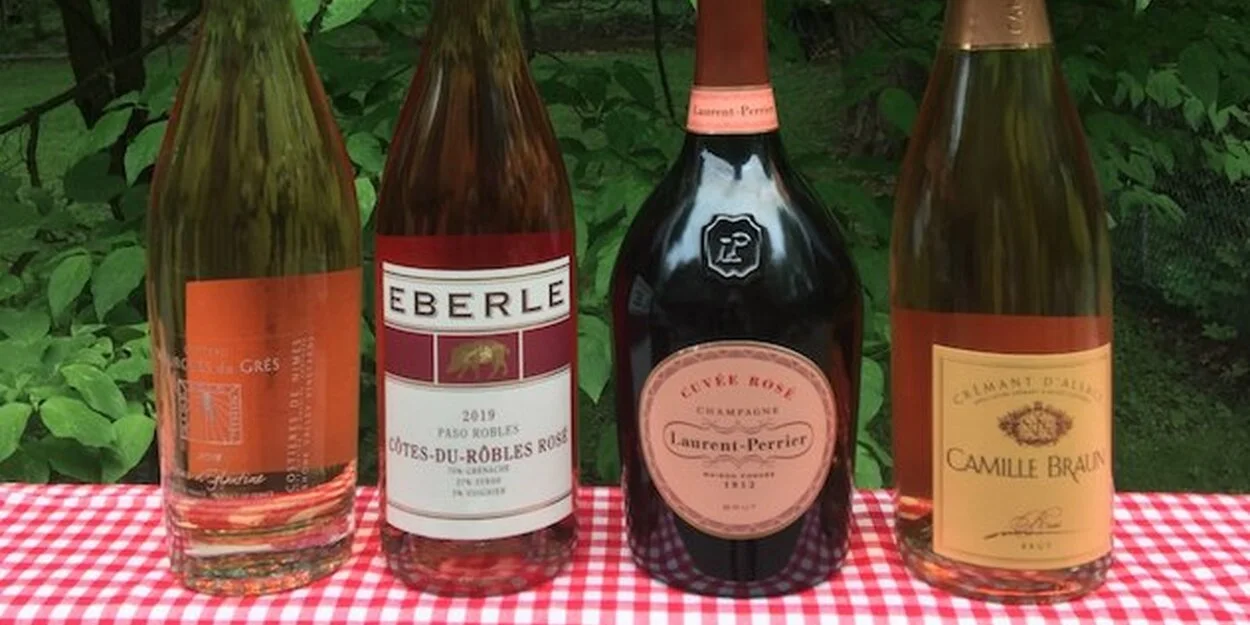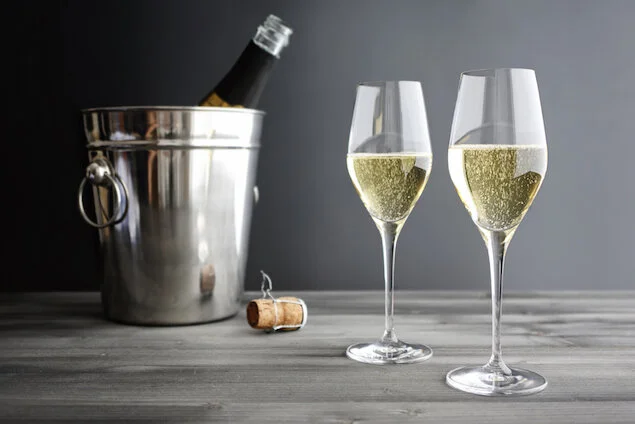It was French, then it was German, then it was French again, and so on. This narrow strip of, now France, between the Vosges Mountains and the Rhine River has been around. Today, it is part of a larger administrative region. Grand Est is a recent coming together of Alsace, Lorraine, and Champagne-Ardenne. But the confusion does not stop there. It’s due to change one more time in 2021 when Alsace will become its own region, officially.
You can walk across the Rhine River to Germany from Alsace. Wander across a pedestrian bridge from Strasbourg in France, and find yourself in Kehl, Germany. The regional language, Alsatian, is also very close to German. But, if you meet a true Alsatian, you’ll know that they consider themselves to be quite unique. And they are. As are their wines.
Alsace has been an important wine growing region since the first century BC, thanks to the Romans. This is the only appellation in France where the grape is printed on the label. The most widely grown grape in the region is Riesling.
The Diversity of Riesling
In Germany, Riesling is categorized by its ripeness, and, therefore, the potential for sweetness. In a traditionally cold growing climate, ripeness and sweetness are highly prized in fruit and wine. The diverse Riesling grape can produce wines that are anywhere on the spectrum from bone dry to honey-like sweet and unctuous.
Unfortunately, in North America, Riesling has a bad reputation (kinda like Lambrusco). Too much of what came here in the 70s and 80s was soda sweet. Today, Riesling is often a sommeliers’ favorite, and still a hard sell. Well, for those who fear the sweet, allow me to introduce you to Alsatian Riesling.
Riesling in the most common wine grape in Alsace, and it is very happy there. The climate is sunny, dry, and cool with just the right soil conditions. And for those who prefer their Rieslings dry (no sweetness), you’re in luck. Alsatian Rieslings are intensely aromatic and made in the dry style.
Domaine Mittnacht
Christophe Mittnacht was one of the pioneers of the biodynamic movement in France. He believes that “biologically complex, complete soils are essential for producing elegant and terroir-driven wines.” Domaine Mittnacht Frères, founded in 1958, was one of the first certified biodynamic wineries (officially certified in 1999).
This family-run estate is best known for wines that are a true expression of the terroir. All their wines are made with minimal intervention, neutral oak (when used) and stainless steel. In addition to the Riesling, they also produce Gewürztraminer, Pinot Blanc, Pinot Gris, Pinot Noir, and a wonderful Cremant d’Alsace (bubbles).
